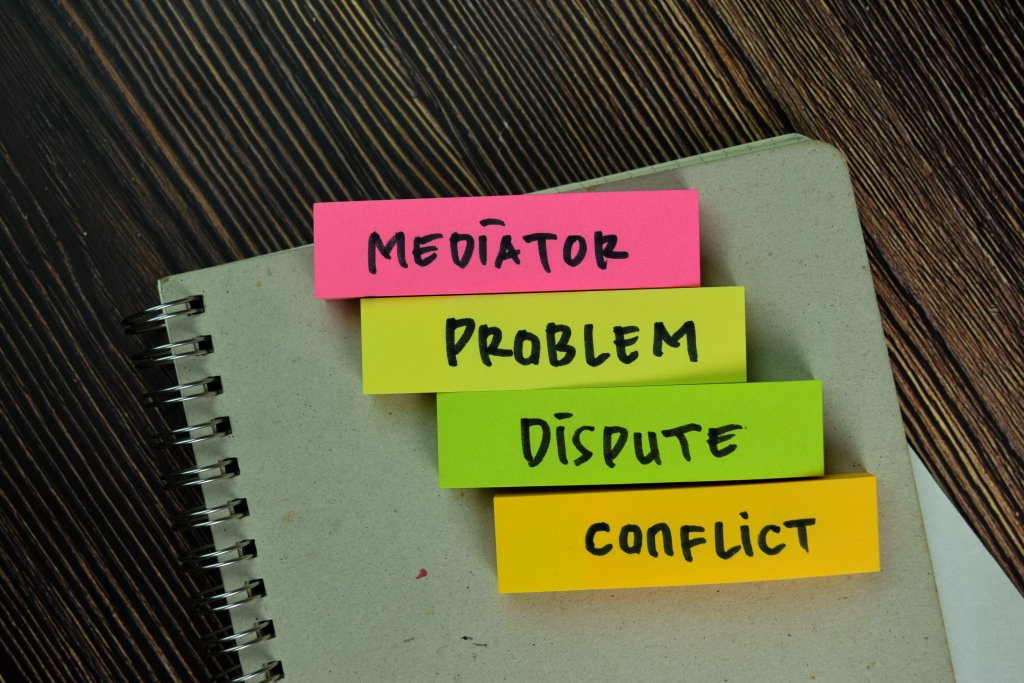Conflict resolution is the process of finding a peaceful and mutually-acceptable way to resolve a disagreement or dispute. Conflict is a normal part of life, and it can arise in personal relationships, in the workplace, or in larger social or political contexts. Effective conflict resolution involves finding a way to address the underlying issues and come to a resolution that is fair and satisfactory to all parties involved.
There are a few key steps to effective conflict resolution:
- Identify the problem: The first step is to clearly identify the issue at hand. This might involve clarifying misunderstandings or identifying underlying needs or concerns.
- Listen to each other: It’s important to listen actively to all parties involved in the conflict and try to understand their perspective. This might involve asking questions and paraphrasing what has been said to ensure that you are accurately understanding the other person’s position.
- Find common ground: Look for areas of agreement and common ground that can serve as a starting point for resolution. This might involve finding a way to meet the needs and concerns of all parties involved.
- Explore options: Consider different options for resolving the conflict. This might involve brainstorming and coming up with a range of potential solutions.
- Choose a resolution: Decide on a resolution that is fair and mutually-acceptable to all parties involved. It’s important to communicate the resolution clearly and make sure everyone is on the same page.
Conflict resolution can be challenging, but it is an important skill to develop in order to maintain healthy relationships and create a positive work and social environment. By following these steps, you can find effective and peaceful ways to resolve conflicts and move forward.

